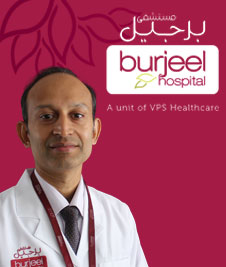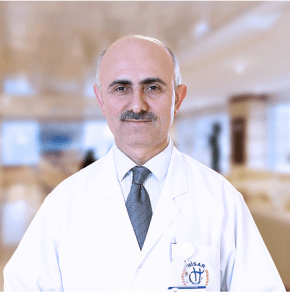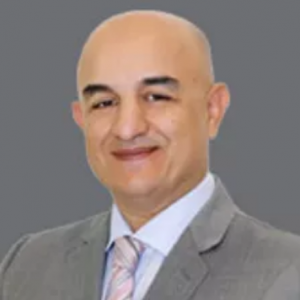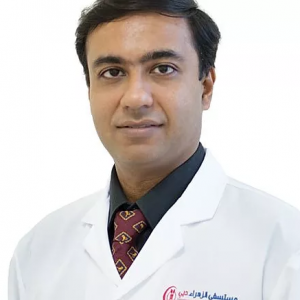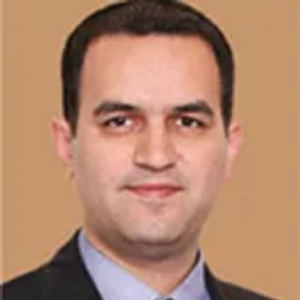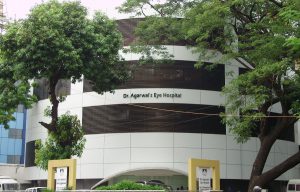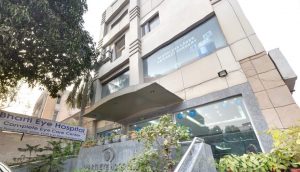Orbital surgery
About 85% of traumatic eye injuries, including eye socket fractures, happen by accident, during contact sports, at work, in car crashes or while doing home repair projects. About 15% are caused by … Read More
Top Doctors For Orbital surgery Treatments
Top Hospitals For Orbital surgery Treatments
Orbital surgery
If you are conscious and able to answer questions after your injury, your doctor will review your symptoms and ask how your eye injury occurred. He or she will examine your eye, and will gently touch and press on your cheek and forehead to check if these areas are distorted. The doctor also will check for:
Whether you can look upward, downward or sideways — If your doctor suspects that one of your eye muscles has become trapped in the fracture site, he or she may grasp the tendon of your eye muscle and attempt to rotate the eye by hand.Changes in vision, especially double visionAreas of numbness in your forehead, eyelids, cheek, upper lip and upper teethInternal damage — Your doctor will look inside your eye with an instrument called an ophthalmoscope to check for signs of internal damage. If the examination suggests you have an eye socket fracture, the doctor will confirm the diagnosis with X-rays or a computed tomography (CT) scan of the area around your eye.
In someone who is unconscious and has severe facial injuries, doctors can confirm the diagnosis of an eye socket fracture with X-rays and a CT scan of the eye socket bones. This is done after any life-threatening injuries have been addressed and the person’s condition has stabilized.
Treatment depends on the severity and location of your injury. For a small, uncomplicated blowout fracture that does not affect the movement of your eye, your doctor may prescribe ice packs, decongestants and an antibiotic to prevent infection. You may be told to rest for a few days and to avoid blowing your nose while the eye heals.
If the fracture is more severe, your doctor will refer you to a plastic and reconstructive surgeon who specializes in treating eye injuries. An ophthalmologist may be called in to deal with the double vision. This specialist will determine whether you need surgery to repair the broken bone. Surgery may be needed to:
• Remove bone fragments
• Free trapped eye muscles and eliminate double vision
• Restore the normal architecture of the eye socket if your injured eye looks sunken in
• Repair deformities of the eye rim that affect your appearance
Symptoms
Symptoms vary, depending on the location and severity of the fracture, but can include:
• A black eye, with swelling and black and blue discoloration around the injured eye; possible redness and areas of bleeding on the white of the eye and on the inner lining of the eyelids
• Double vision, decreased vision or blurry vision
• Difficulty looking up, down, right or left
• Abnormal position of the eye (either bulging out of its socket or sunken in)Numbness in the forehead, eyelids, cheek, upper lip or upper teeth on the same side as the injured eye, possibly related to nerve damage caused by the fracture
• A puffy accumulation of air under the skin near the eye, usually a sign that the fracture has broken through the wall of a sinus cavity, particularly the maxillary sinus, an air-filled chamber located inside the cheek below the eye
• Swelling and deformity of the cheek or forehead, with an obvious dent over the area of broken bone
• An abnormally flat-looking cheek, and possibly severe pain in the cheek when you attempt to open your mouth
Causes
The source of the injury is usually a blunt object — baseball, hammer, rock, piece of lumber — and the most frequent place of injury is the home. At one time, eye injuries were common in motor vehicle accidents, usually when a victim's face struck the dashboard. Such eye injuries have decreased dramatically because most cars have airbags and most states have laws mandating the use of seat belts.
FAQ
not available currently





